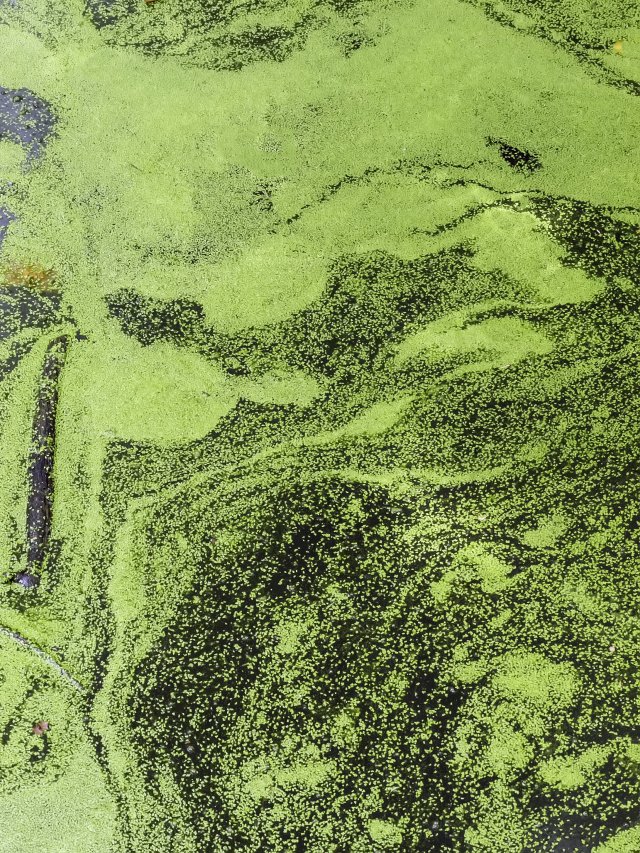The One Health Approach to Harmful Algal Blooms

The “One Health” approach recognizes that human health is connected to the health of animals and the environment. It encourages integration and collaboration among different organizations, professions, and areas of expertise to achieve the best health for all—including people, animals, and the environment. One Health in action understands that alterations in the health of animals (antimicrobial resistance) or plants (chestnut blight) may signal potential risks to public health.
A recent article by EPA researcher Elizabeth Hilborn and co-author Val Beasley of the University of Pennsylvania, “One Health and Cyanobacteria in Freshwater Systems: Animal Illnesses and Deaths are Sentinel Events for Human Health Risks,” uses a One Health approach to demonstrate how animal illnesses and death can be used as sentinel events to warn of human health risks associated with harmful algal blooms. The researchers found that illness or death among livestock, fish, and other animals are all events that may indicate the presence of harmful cyanobacteria that may impact human health.
Harmful algal blooms are overgrowths of cyanobacteria in water. Some blooms produce potent toxins that can sicken people and animals and disrupt ecosystem function. Hilborn and Beasley stress that when public health events and animal health events are treated separately, the ability to make connections that can lead to effective preventive interventions is lost. They highlight examples where professionals worked among disciplines to close harmful algal bloom-impacted lakes after fish kills or to warn water consumers after harmful algal bloom-associated livestock deaths and thereby prevented human illnesses.
Hilborn and Beasley recognize that there are structural and behavioral barriers to the One Health approach, including: underreporting of human health impacts; limited resources for surveillance of harmful algal blooms; lack of investigation into reports of wildlife or animal intoxication events; and the potential lack of communication between professionals in the different fields of environmental health, environmental management, and human and veterinary medicine.
To overcome these obstacles, Hilborn and Beasley recommend that professionals working in areas that may benefit from a One Health approach establish professional connections to others in different, but relevant disciplines. In the case of harmful algal blooms, that would include public health practitioners, clinicians in human and animal health, water managers, drinking water utility operators, and wildlife specialists.
The One Health approach requires a culture of collaboration between professionals in different fields of expertise, but Hilborn and Beasley believe this approach can help address and reduce the risks associated with harmful algal blooms on human, animal, and environmental health.
